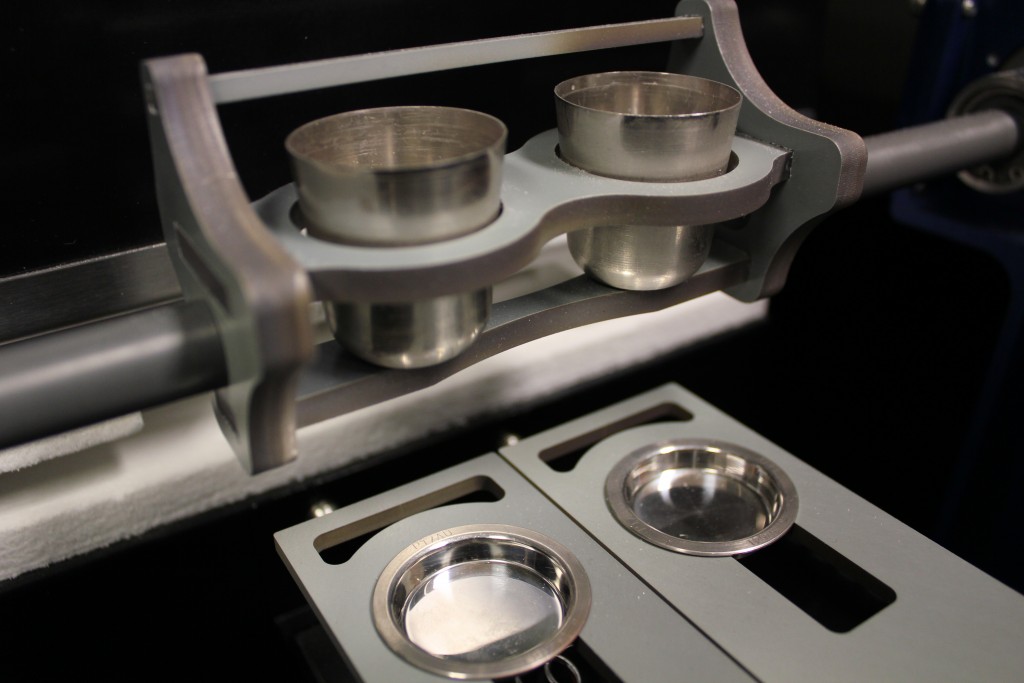How do Electric Fusion Machines Actually Work?
Electric fusion machines are high-technology sample preparation systems used to create homogenous discs or beads from raw mineralogical materials – not to be confused with electrofusion devices, also known as butt welders.
What is Electric Fusion?
The reason the verbiage here sounds so similar is that both methods of electric fusion rely on similar principles to complete different objectives. Electrofusion welding involves the heating, or in some cases pressurization, of two contacting workpieces until they form a joint. This is typically carried out via electronic resistance heating as opposed to open flame or plasma torch welding. Analytical scientists rely on remarkably similar principles when preparing a mineral or metallic sample for X-ray fluorescence (XRF) spectroscopy – provided they are using an electric fusion machine rather than a gas-based system.
So, how do the electric fusion machines used by analytical scientists actually work?
How do Electric Fusion Machines Work?
Testing the chemical content of granulated minerals via XRF spectroscopy can be extremely complex. Though many systems do exist for direct screening of materials in-the-field, they often fail to account for heterogeneities in samples and various matrix effects, leading to wider margins of error and measurement inaccuracies. Gas and electric fusion machines aim to eliminate these elements of uncertainty by creating a truly homogenous representation of your analyte without the associated matrix effects.

As mentioned, the principle of operation is superficially similar to that of electrofusion. Resistance heaters are used to raise the temperature of two or more dissimilar materials to the point of joining. In the context of XRF sample preparation, the materials used are the raw sample, an appropriate fluxing agent, and any necessary additives which improve process efficiency or the quality of the end-product.
The first step is to grind your sample to a fine consistency and dose it with a eutectic flux and – if necessary – a release agent like ammonium iodide. Most electric fusion machines contain a ceramic cradle that houses a choice of platinum crucibles. Be sure you know which crucible designs are compatible with your system before placing an order and consider an electric fusion machine with a wider range of crucible options to maximize your instrument’s flexibility.
Once the sample is safely contained within the sample chamber and the heating parameters are set, fusion can begin. The ceramic heating elements will begin to heat up at a pre-defined rate depending on user settings and the programming capabilities of the instrument. Once the heating coils/rods have reached their peak temperature – typically in excess of 1000°C – they will dwell at this point for a set period. Internal thermocouples monitor the working temperature to provide a real-time readout and to moderate heat.
The molecular structure of the analyte will begin to break down and dissolve in the flux, forming a single homogenous molten mixture. Some electric fusion machines facilitate this process by rocking the cradle to add mechanical agitation. Once sufficiently mixed – as determined by user programming – the cradle will tilt to pour the molten mixture into a platinum dish or mould, where it will lie throughout the cooling process. When the system has cooled, the dish will hold a uniform glass bead or disc.
Interested in Electric Fusion Machines?
XRF Scientific is one of the world’s leading suppliers of sample preparation instruments and materials for chemical analysis. We provide a range of proprietary electric fusion machines suitable for low- to high-throughput users alike. If you want more information, simply contact a member of the XRF Scientific team today.









